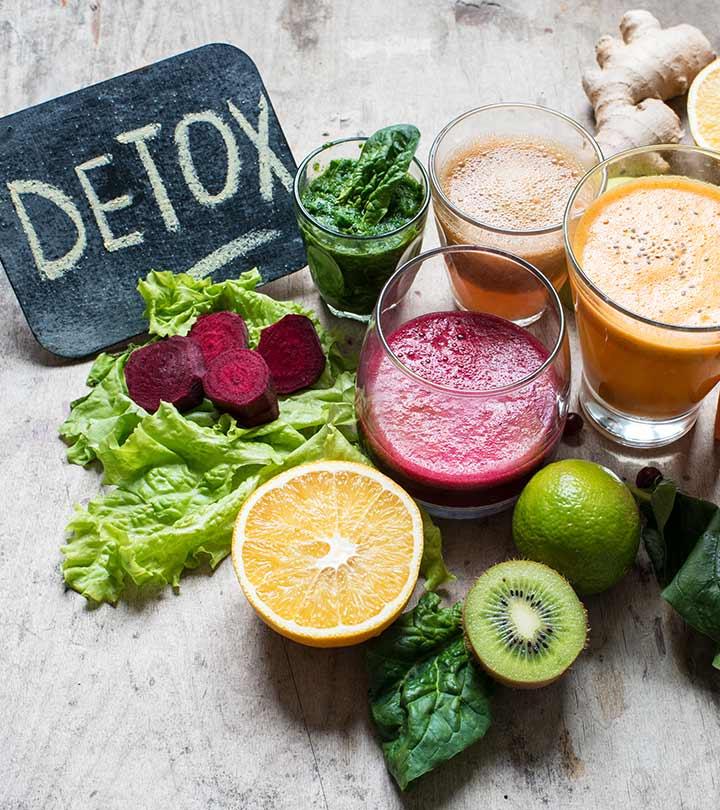

Fruits and vegetables should also make an appearance at each meal to make sure you eat the recommended five to nine servings daily.agency responsible for promoting good nutrition based on scientific research Go to source This will help ensure you're getting enough protein everyday, but still stay within an appropriate calorie level. X Trustworthy Source USDA Center for Nutrition Policy and Promotion U.S. For protein, you want to make sure to include a 3-4 oz serving at every meal or snack.Even if you eat larger portions of healthier foods, you could still end up regaining some of your weight long-term. One area where people do slip up and make mistakes is in regards to portion size. Yoga, weight lifting or pilates are great exercises to help build lean muscle mass.įollow appropriate portion sizes. In addition to aerobic exercise, make sure to include one to two days of strength training as well.You can walk, jog, use the elliptical, take a spin class, or go hiking. Aerobic exercise should be moderate intensity.of Health and Human Services Go to source X Trustworthy Source Centers for Disease Control and Prevention Main public health institute for the US, run by the Dept. This ends up being about 2 1/2 hours every week. Health professionals recommend to include at least 150 minutes of aerobic exercise each week.

Exercise helps you maintain a healthy weight and can help you continue to lose weight.To do that, make sure you also include regular physical activity into your routine. After you've chosen a detox plan to follow, you'll want to maintain whatever weight you've lost. Detox diets that suggest you consume only water or fluids are generally unsafe and should be avoided.If you do get more of a choice, you can try decaf coffee or flavored waters as well.Items like water, sparkling water, infused waters or tea may be your only option when you're detoxing, as they do not have additives.This is a good idea as you should get used to drinking regular water and limiting artificial flavorings, colors and sweeteners. Since many detox plans do limit additives like sugar or even artificial sweeteners, your choices for fluids may be limited.Most health professionals suggest consuming a minimum of 64 oz or eight glasses of clear fluids daily however, detox diets may suggest drinking a lot more - close to 10 – 13 glasses daily.Registered Holistic Nutritionist Expert Interview. X Trustworthy Source Mayo Clinic Educational website from one of the world's leading hospitals Go to source X Expert Source Marjan Mahallati, RHN, AADP Drinking adequate water and other hydrating fluids prevents dehydration and can flush toxins from your body. Many detox plans do promote the consumption of adequate fluid consumption. Look for plans that focus on drinking adequate fluids. The same goes for canned beans, vegetables, or fruits that have no added salt or sugar. Frozen fruits and vegetables are minimally processed, but do not have additives. Some minimally processed versions of these foods are appropriate as well.Sticking to the perimeter of the grocery is an easy way to find and stick to these whole foods.Foods that fall into this category include: fruits, vegetables, lean protein, seafood and dairy products.X Expert Source Marjan Mahallati, RHN, AADP Nutrient-dense foods are those that are minimally processed, moderately low in calories, but very high in a variety of nutrients (like fiber, protein or vitamins).This type of detox diet stresses eating a wide variety of nutrient-dense, whole foods.


One of the benefits of this type of diet is that it can be a lifestyle change - a sustainable way to permanently change how you eat and nourish your body (and likely keep the weight off). These are great plans to follow as they're generally not overly restrictive and get you to eat more nutritious foods. You may find detox plans that suggest only eating unprocessed, whole foods. Go for a plan that suggests whole, unprocessed foods.


 0 kommentar(er)
0 kommentar(er)
